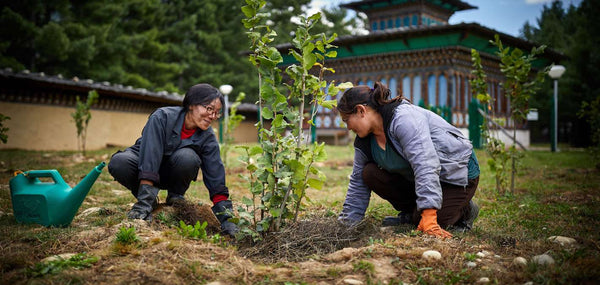
Get news, updates, & event Info delivered right to your inbox:
Urban trees are the trees we live with – from individual street trees and urban greenspaces, to shady school groves and downtown orchards. The establishment of thriving urban forests makes our cities healthier places to live, work, and play.
From improved mental and physical health to increased academic performance, here are 8 reasons why we should plant trees in urban areas.
8 Key Benefits of Urban Forestry

1. Community Health and Wellness
Studies have proven that people exercise more and feel better around trees. Access to green spaces alleviates stress, stabilizes blood pressure, eases anxiety and depression, and encourages an active lifestyle. Investment in urban forestry is an investment in community health!
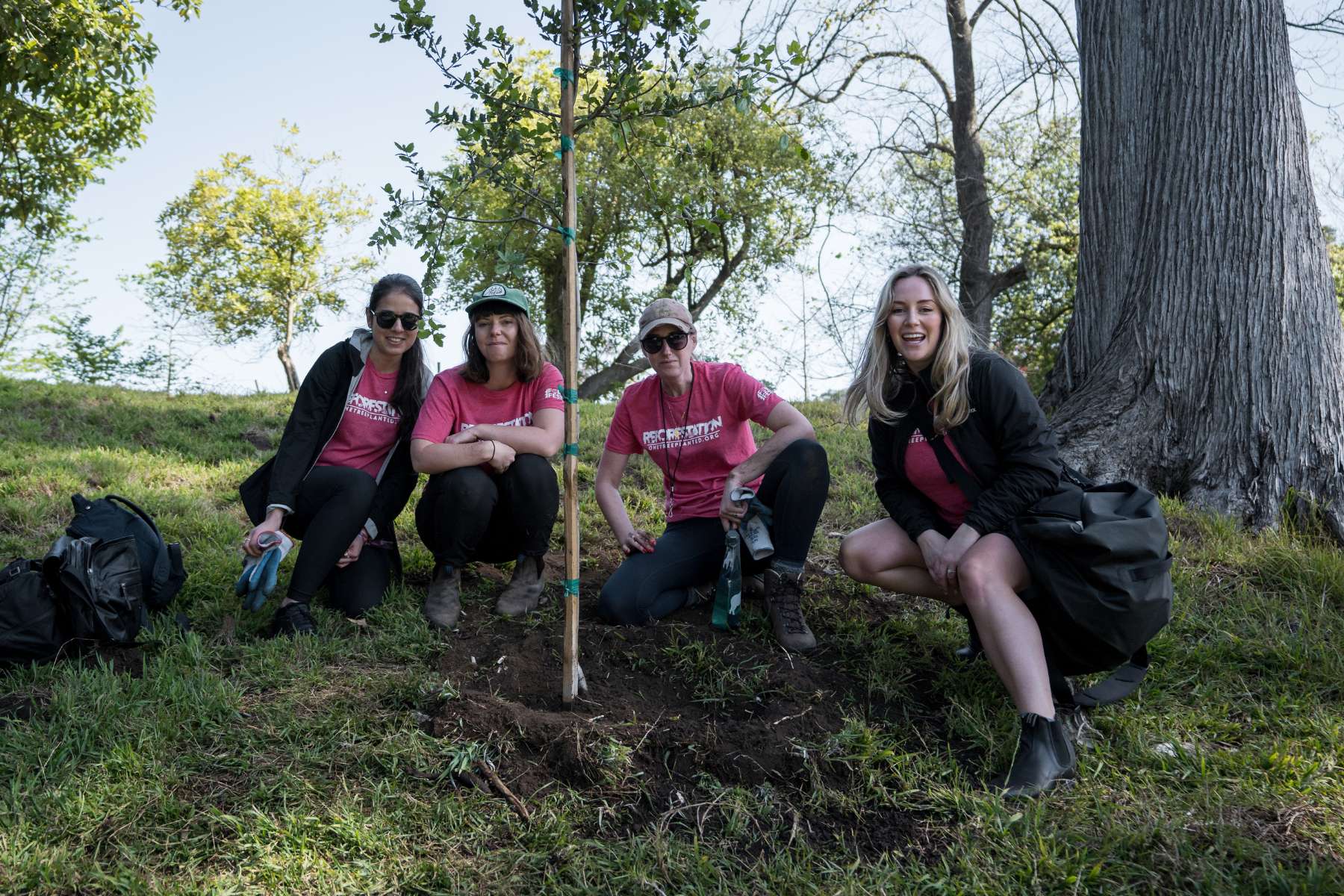
2. Urban Heat Mitigation and Climate Change Resilience
Daytime temperatures in urban areas are found to be 1–7°F higher than temperatures in outlying areas. This phenomenon is known as the Urban Heat Island effect. Urban canopies help combat this heat:shade from a healthy, mature tree has been found to lower surface air temperatures by up to 20–45°F. For some, this vital shade resource is a determining factor in their experience of heat exhaustion, hospitalization, or even death.
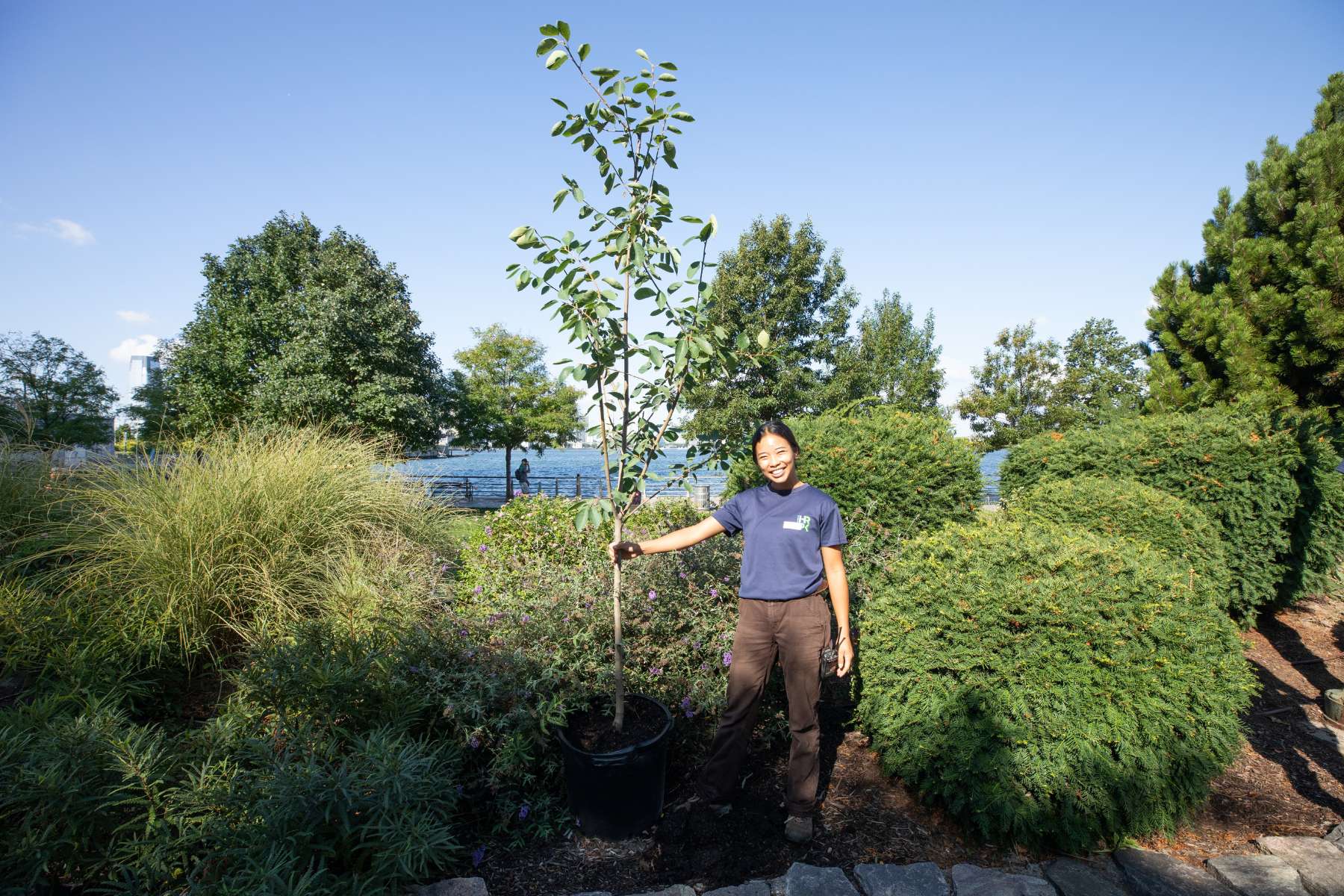
3. Water Resource Protection
Trees act like giant umbrellas. As rain falls, trees intercept the water, some of which is caught by leaves, where it evaporates, and some of which reaches the ground at a slower rate — and infiltrates the soil rather than reaching impervious surfaces. This allows time for the tree, its roots, and the soil to filter out pollutants such as gas & oil, heavy metals, pesticides, and other chemicals before reaching drainage systems. Not only that, but the infiltration of water into the soil recharges our groundwater stores.
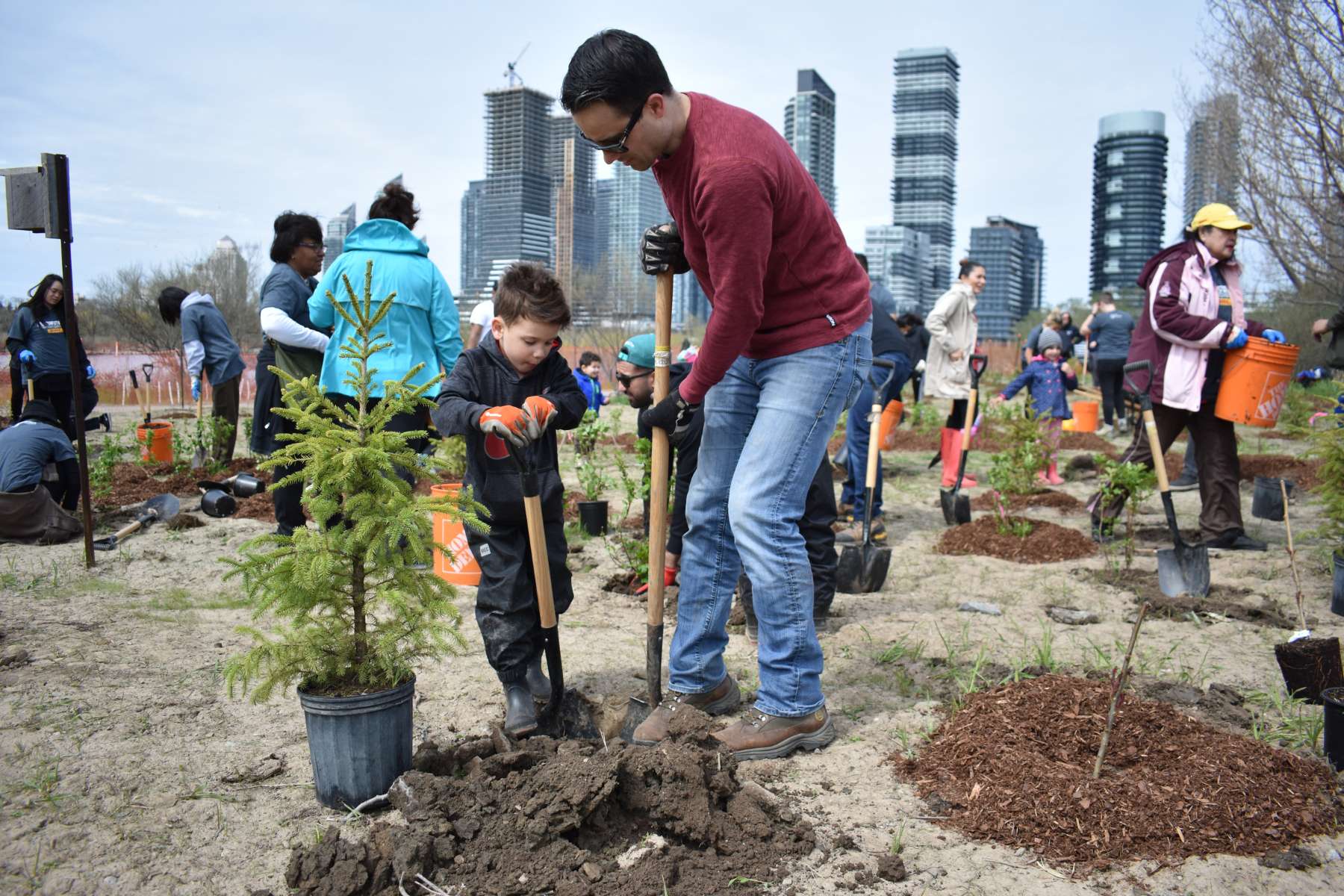
4. Youth Engagement and Education
Green environments, like trees, are related to reduced symptoms of ADD and ADHD — and studies have shown that children with views of trees are more likely to succeed in school. By planting trees at schools, supporting local youth tree planting programs, and encouraging the participation of youth communities in planting projects, urban forestry projects can encourage environmental awareness and helps foster the next generation of tree-loving stewards!
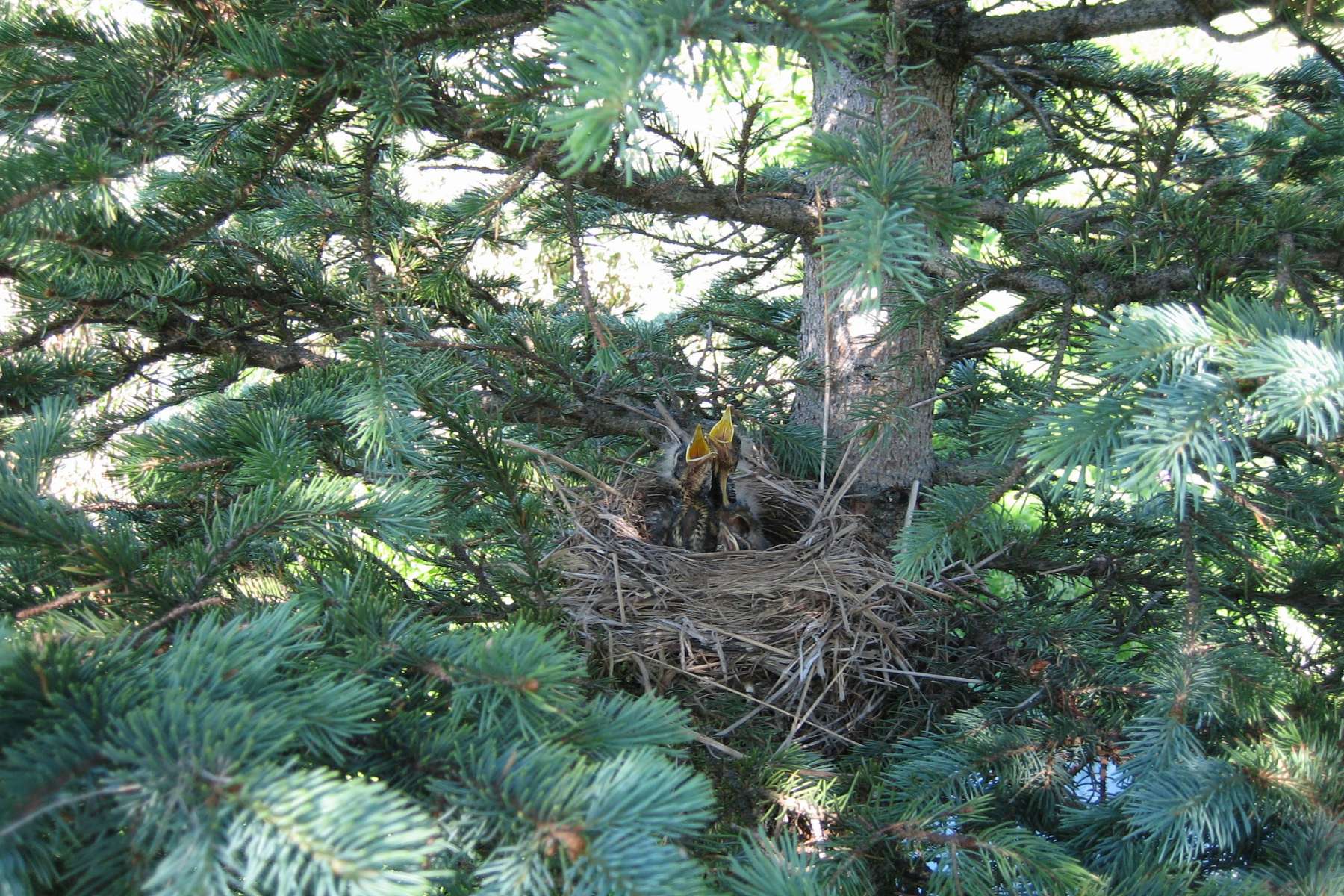
5. Biodiversity and Habitat Restoration
Urban environments across the globe host thousands of species of flora and fauna. More than 20% of the world’s avian biodiversity resides in cities and their trees! Tree canopies and green spaces within these environments help provide habitat and are a critical element of thriving, biodiverse urban ecosystems. Urban forestry projects can support these natural systems by creating green corridors for wildlife, cultivating habitat for local species, and installing diverse tree species to help establish a more resilient urban environment.
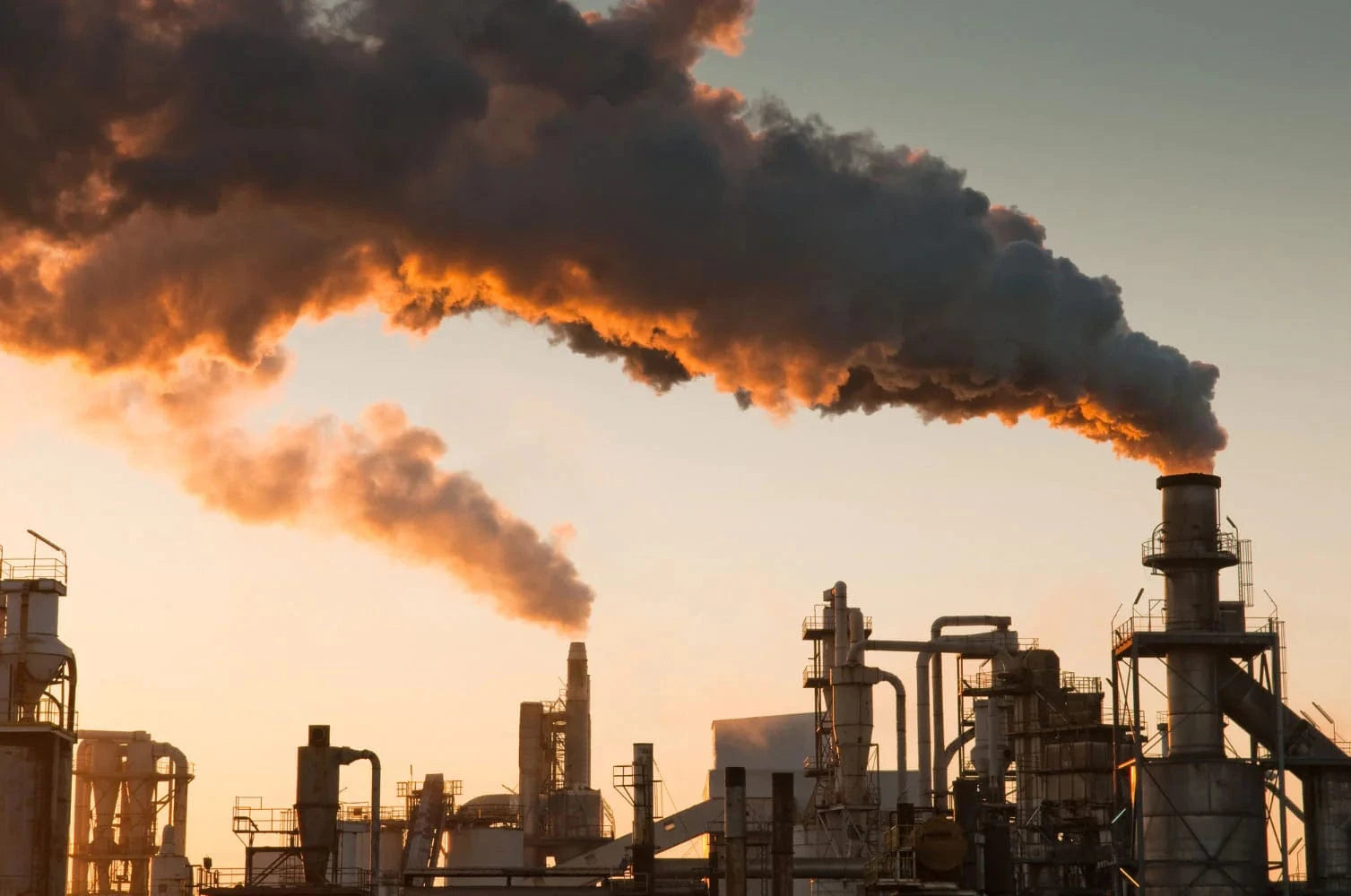
6. Air Pollution Reduction
Urban canopies are the key to cleaner air in cities, where atmospheric pollution is highest. They serve as a living air filter, capable of:
- Pulling harmful chemicals from the atmosphere through small holes in their leaves called stomata.
- Catching particulate matter that would otherwise float in the air.
More heavily forested communities in urban environments exhibit lower rates of asthma, fewer emissions resulting from decreased need for air conditioning, and reduced rates of air pollutant-related deaths, annually.
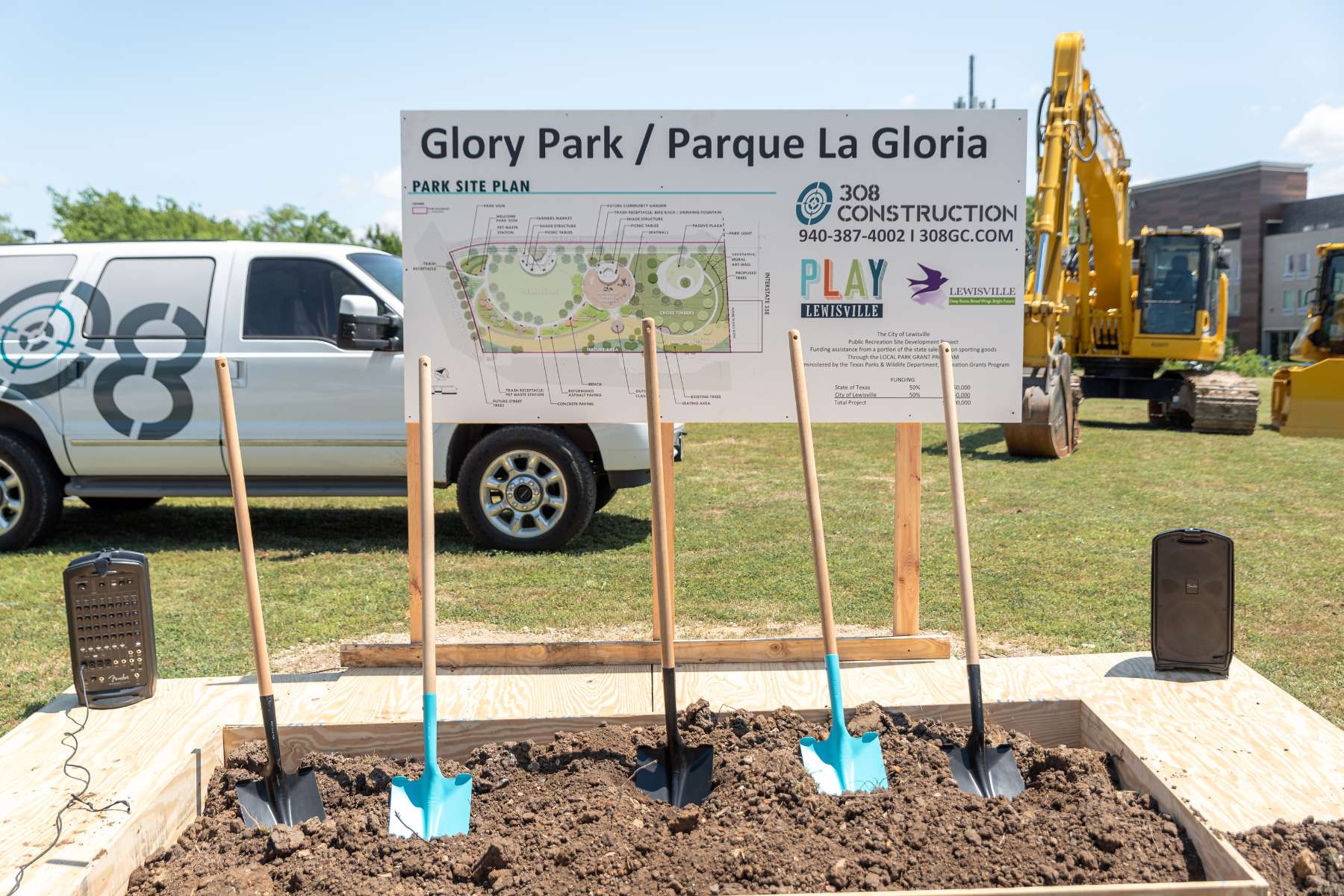
7. Recreation
In many cities, urban forest patches and green spaces provide recreational opportunities that may otherwise not be available for local communities. From restoring hiking trails in natural areas, to shading residential streets and school yards; from cultivating bountiful fruit tree orchards, to growing Miyawaki forests, our urban forestry projects help provide a variety of recreational opportunities for folks of all ages and abilities.

8. Environmental Justice and Tree Equity
Urban Forestry projects that are designed to promote tree equity can help towns and cities move towards a more balanced tree canopy. In turn, historically marginalized communities can realize the benefits of a richer and more dense urban forest, including cooler and cleaner air, lower stress levels, and improved adaptation to the effects of climate change.
In the context of a rapidly changing climate, planting trees in cities is an essential strategy to protect urban populations and combat climate change. Looking for a way to make an impact today? Consider planting trees through our Urban Forestry Action Fund!
